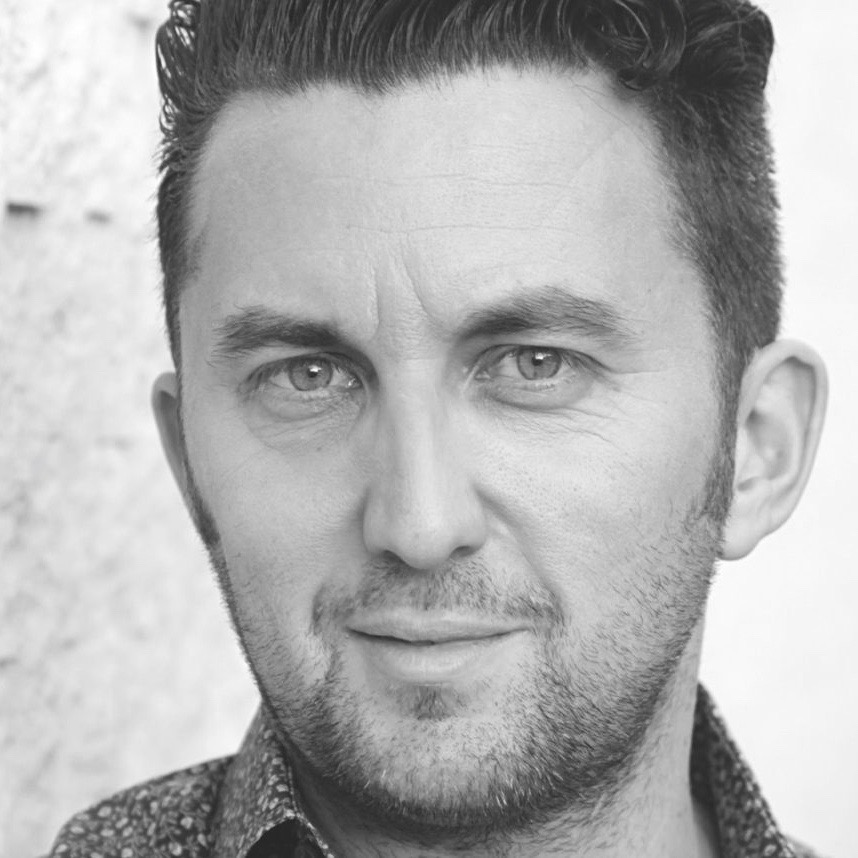If you thought that yoga was all about peace and love, think again. The vitriolic fight that has erupted within the world of this ancient meditation system gives a whole new meaning to the phrase “Warrior Pose.”
The co-founder of the American Hindu Association, a relatively small organization, has been complaining that people should become more aware of yoga’s Hindu roots. The association has mounted a Take Back Yoga campaign in New York, and has publicly lamented the fact that there weren’t trademark lawyers in place when modern yoga was being developed in India.
For a nonviolent religion, it’s ironic that the Hindu group’s leader, Aseem Shukla, should write an article as provocative as “The Theft of Yoga.” It first appeared in the Washington Post’s On Faith blog and led to a vicious online debate with modern guru Deepak Chopra, whose mind-body healing headquarters is right here in sunny Southern California.
For Jewish yoga enthusiasts, the debate raises long-simmering, uncomfortable questions about a practice they have long seen as healthful and spiritually uplifting but not religious.
If you look around almost any yoga studio in Los Angeles, you’ll find it is full of Jews. This reality first really struck me during a Sunday morning session at a studio in Santa Monica, where the teacher was leading people through a series of sun salutations and occasionally stopping for the traditional call-and-response kirtan chanting. He used phrases in various languages, but when he said “Shalom,” the room suddenly came alive. I looked around and realized that half of the people in the room were likely People of the Book.
Despite the vast number of Jews getting comfortable in downward-facing dog, there is still a certain level of discomfort. We remember our early Hebrew teachers explaining the story where Abraham smashes his father’s idols, and we are genetically programmed to avoid bowing before statues. This raises a problem in the many yoga studios that are full of shiny Buddha, Ganesh and Shiva statues. Sanskrit chanting makes people a little more uncomfortable, and all of this makes it an easy target for some Orthodox authorities to classify yoga as forbidden.
Story continues after the jump.























 More news and opinions than at a Shabbat dinner, right in your inbox.
More news and opinions than at a Shabbat dinner, right in your inbox.